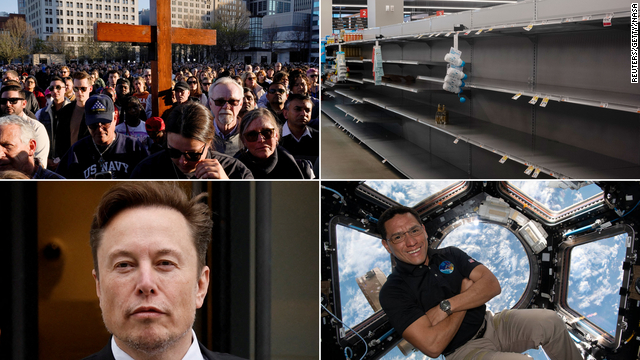
Hazardous waste makes up a portion of the toxic chemical releases each year in the US
Shutterstock/Brandon Bourdages
Releases of toxic chemicals to air, water and soil increased by 8 per cent in the US between 2020 and 2021, according to a report from the US Environmental Protection Agency (EPA). The increase may have been related to a return to normal activity after many industries closed or paused production during the height of the covid-19 pandemic.
The annual report analysed data from the EPA’s Toxic Release Inventory, which includes information on waste management from more than 21,000 facilities in industries such as mining, oil and coal, manufacturing and hazardous waste.
About 1.5 billion kilograms of toxic chemicals were released to the environment in the US between 2020 and 2021 as part of routine operations. More than half of releases occurred on land, mainly from metal mining. Releases to air, surface water and other disposals off-site from the reporting facility – for instance in a landfill – made up the rest.
Economic indicators showed that the rise since 2020 could be due to rebounding industrial activity after declines due to the covid-19 pandemic, the report found. Many facilities reported that they had returned to full-scale production after covid-related closures, said Charlotte Snyder at the EPA during a briefing on the report.
Despite the year-to-year increase, overall releases were 10 per cent lower than in 2012. This long-term decline is partly driven by a reduction in coal power, a trend that has reduced emissions of hydrochloric acid and sulphuric acid into the air.
Since 2012, the US has also seen a 22 per cent increase in the amount of chemicals managed via recycling, treatment or other methods which prevent them from being released to the environment, Snyder said at the briefing.
Eve Gartner at Earthjustice, an environmental advocacy group in the US, says the report is a valuable window on chemical releases, but provides an incomplete view. The 800 or so chemicals the report covers are “a small fraction” of the chemicals in use, she says, and some facilities that release toxic chemicals – such as airports – aren’t included.
The report also relies on companies to accurately report their own releases, which Gartner says tend not to be based on actual measurements, but on estimates of planned activity. “They are capturing what it would look like if things were working perfectly,” she says.
Topics:



























































